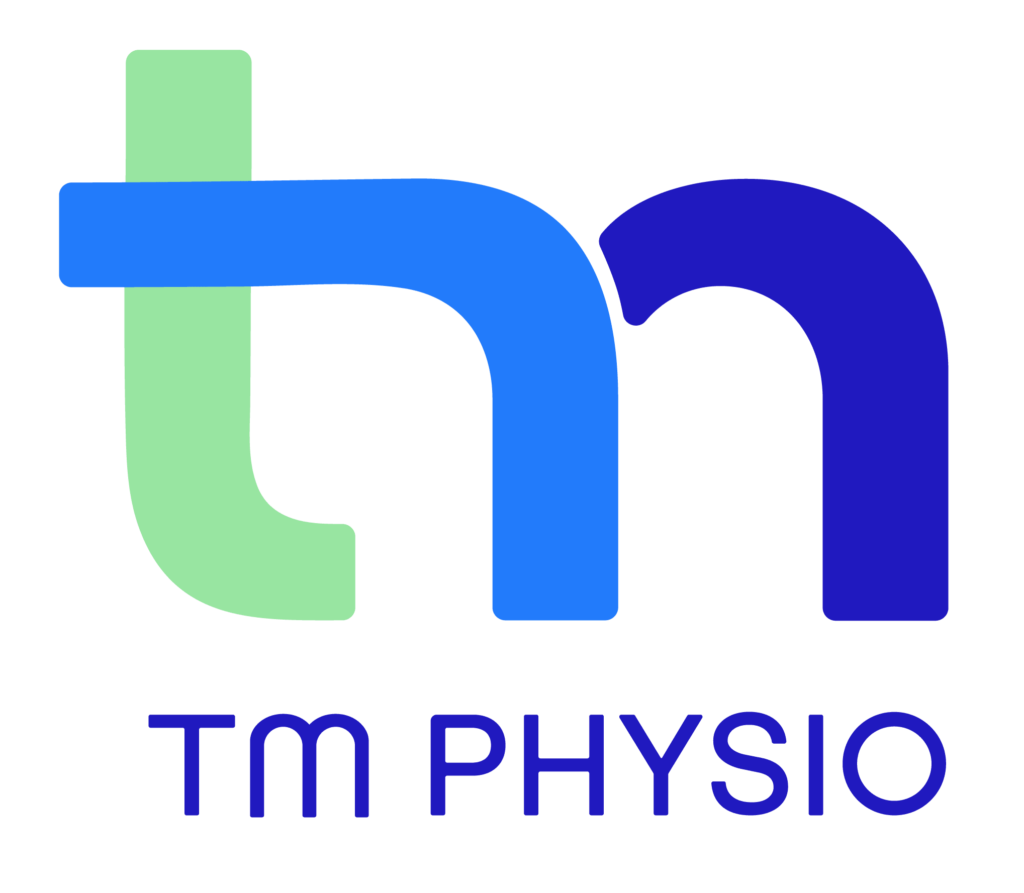Living with Parkinson’s disease can feel like navigating a constantly shifting landscape. While it’s a progressive neurological condition with no cure, there are ways to manage symptoms and maintain quality of life. Physiotherapy plays a key role in helping individuals with Parkinson’s stay active, mobile, and independent.
If you or a loved one is living with Parkinson’s, the physiotherapists at TM Physio are here to help. We’ll create a personalised plan to support your mobility and well-being. Call us on 6254 9889 to get started. If you’re grappling with a recent diagnosis, we’re here to help with information too. Read on to learn more about this condition and physiotherapy’s role in your care.
What is Parkinson’s disease?
Parkinson’s disease is a neurodegenerative condition caused by the loss of dopamine-producing cells in the brain. Dopamine is a crucial neurotransmitter involved in regulating movement, coordination, and mood. Common symptoms of Parkinson’s include:
- Tremors or shaking, often starting in one hand.
- Stiffness and reduced flexibility in muscles and joints.
- Slowness of movement (bradykinesia).
- Balance issues, leading to an increased risk of falls.
- Non-motor symptoms, such as fatigue, anxiety, and sleep disturbances.
While the condition progresses over time, physiotherapy can help manage symptoms at every stage.

How physiotherapy may help
Physiotherapy focuses on improving movement, reducing discomfort, and enhancing overall function. For people with Parkinson’s, it can be especially beneficial in addressing physical challenges like stiffness, coordination difficulties, and loss of balance. Here’s how physiotherapy may help:
Improving mobility and flexibility
Parkinson’s can cause muscle stiffness, which limits range of motion and makes everyday tasks more challenging. A physiotherapist can guide you through exercises to stretch and strengthen muscles, keeping your joints flexible and reducing discomfort.
Enhancing balance and coordination
Balance problems are a common issue for individuals with Parkinson’s, increasing the risk of falls. Physiotherapy aims to improve postural stability through targeted exercises and techniques, helping you feel steadier on your feet.
Building strength and endurance
As the condition progresses, maintaining strength is crucial for mobility and independence. Strengthening exercises can help support muscles that may weaken over time, making it easier to perform daily activities.
Training for functional movement
Physiotherapy can include practising specific movements tailored to your daily life, such as getting up from a chair, walking safely, or climbing stairs. These exercises are designed to improve movement efficiency and confidence.
Adapting to changes
Parkinson’s symptoms can vary from day to day. Physiotherapists can help you adapt your exercises and routines to meet your changing needs, ensuring you stay as active as possible.
The role of exercise in Parkinson’s management
Regular exercise is one of the most effective ways to manage Parkinson’s symptoms. Research shows that exercise can improve motor function, reduce stiffness, and even slow the progression of symptoms in some cases. Activities like walking, cycling, swimming, and tai chi are often recommended for people with Parkinson’s.
A physiotherapist can help you find exercises that match your abilities and interests, ensuring they are safe and effective. They can also teach you techniques to conserve energy and manage fatigue during physical activity.
Creating a supportive environment
Managing Parkinson’s isn’t just about physical exercises—it’s also about creating a safe and supportive environment. Here are some tips to consider:
Fall-proof your home: Remove trip hazards like loose rugs and improve lighting in walkways.
Use assistive devices: Our physiotherapists can recommend tools like walking aids to improve safety and mobility.
Establish a routine: Consistency in your daily activities can help reduce anxiety and improve function.
Physiotherapy as part of your care team
Physiotherapy is just one part of managing Parkinson’s disease. It works best when combined with other treatments, such as medication and occupational therapy. Physiotherapists collaborate with other healthcare providers to create a comprehensive care plan tailored to your needs.
At TM Physio, our physiotherapists are experienced in working with individuals with Parkinson’s. Whether you’re looking to improve your mobility, reduce stiffness, or stay active, we’re here to support you every step of the way.
If you’d like to learn more about how physiotherapy may help with Parkinson’s disease, call 6254 9889 to book an appointment today. Our team at TM Physio is here to help you stay mobile, independent, and engaged in life.
We hope you found this information useful. We regularly post health insights for Facebook and Instagram. Why not follow us there?
Information provided here (including text, graphics, images, outbound links, and other material) is for informational purposes only. It is general in nature and is not to be used or considered as a substitute for personalised professional medical advice, diagnosis, or treatment. Always seek the advice of your qualified allied health provider regarding any symptoms, medical conditions, or treatments and before undertaking any new health care regimen.


